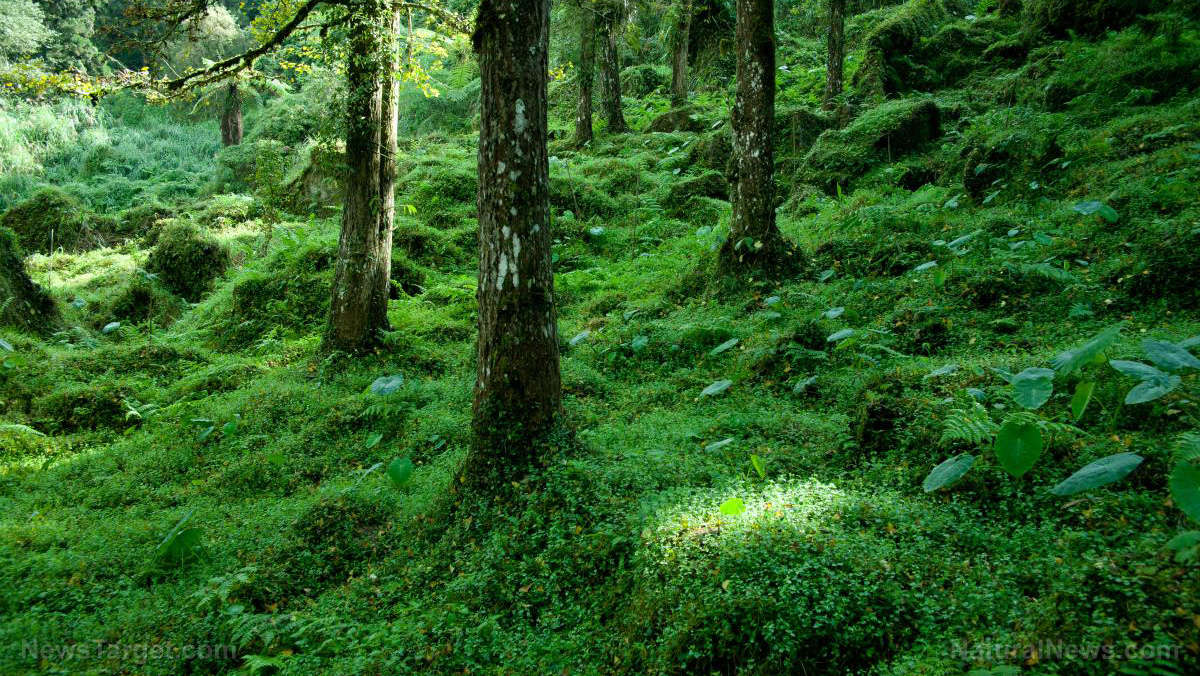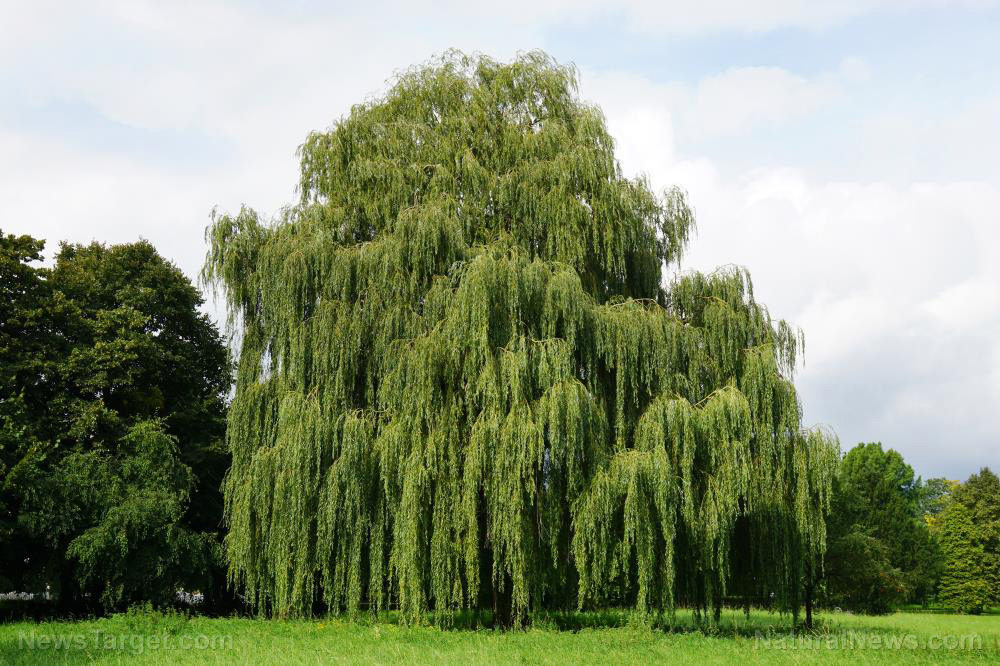
A lower landscape resilience forebodes a major extinction event across North American land biomes, found a study published in the journal Global Change Biology.
Researchers from the Georgia Institute of Technology looked at 12 major plant biomes in North America to measure their landscape resilience – the ability of a certain habitat to persist and recover from environmental disturbances. They found that only 64 percent of the continent's land biomes will be able to regain its pristine ecological conditions, indicating the possibility of an extinction event not seen since the end of the Pleistocene Epoch more than 11,000 years ago.
"Our work indicates that landscapes today are once again exhibiting low resilience, foreboding potential extinctions to come," wrote the authors.
Decreased landscape resilience hints at extinction
Many animals went extinct at the end of the Pleistocene Epoch. These include large animal species such as mammoths, saber-toothed cats and mastodons. While the cause of their extinction is still debated, scientists agree that the epoch's warming temperatures likely played a huge role. Climate change caused glacier retreat and shifts in rainfall patterns, which eliminated food sources, disrupted birth schedule and exposed animals to hostile climate conditions.
Furthermore, the epoch saw the arrival of the first human settlers in North America, a group of hunter-gatherers known as the Clovis people. They hunted animals for food including keystone species such as mammoths. These species hold an ecosystem together, and their loss would be cataclysmic to a host of other animal and plant species.
In the present study, the researchers warned that a similar extinction event may befall North American ecosystems in the years to come. They analyzed two components of landscape resilience over 20,000 years: residence time or how long a biome type persists at a given site, and recovery time or how long it takes for a biome to recover its original ecological conditions.
They looked at more than 14,000 fossil pollen samples from 12 different plant biomes, such as deciduous forests, forest-tundra, prairies and Arctic vegetation. The samples were provided by the Neotoma Paleoecology Database, an open international data resource that stores and shares multiple kinds of paleoecological data.
Results showed that North American biomes had a residence time of 230-460 years and a recovery time of 140-290 years on average. However, not all plant biomes recover; the team found that only 64 percent of the biomes regained their pristine ecosystem conditions. Arctic ecosystems were the least likely to recover while biodiverse communities recovered the fastest.
The findings surprised the researchers as they expected that the plant biomes would thrive far longer than their findings showed. Furthermore, the prevailing ecological theory suggests that biodiversity boosts ecosystem resilience by improving functional redundancy. In turn, functional redundancy allows an ecosystem to remain stable and ecologically balanced if one or more species are lost. However, the team found that having a diverse species did not correlate with longer residence time.
“But species richness does not necessarily reflect functional redundancy, and as a result may not be correlated with ecosystem stability,” the researchers wrote.
They fear that a mass extinction may be on the horizon as landscapes today are displaying resilience levels not seen since the end of the Pleistocene Epoch. During this period, residence times were shorter while recovery times were longer. These conditions combined with the effects of human activity to deliver a one-two punch to several megafauna species.
“Today, we see a similarly low landscape resilience, and we see a similar one-two punch: humans are expanding our footprint and climates are changing rapidly,” said co-author Yue Wang. (Related: Silent Extinction: Complacency as a Global Epidemic.)
They urged authorities to implement conservation strategies that are focused on improving landscape resilience. This can be achieved by increasing local connectivity and targeting regions with rich and diverse landforms, said the team.
Sources include:
Please contact us for more information.





















